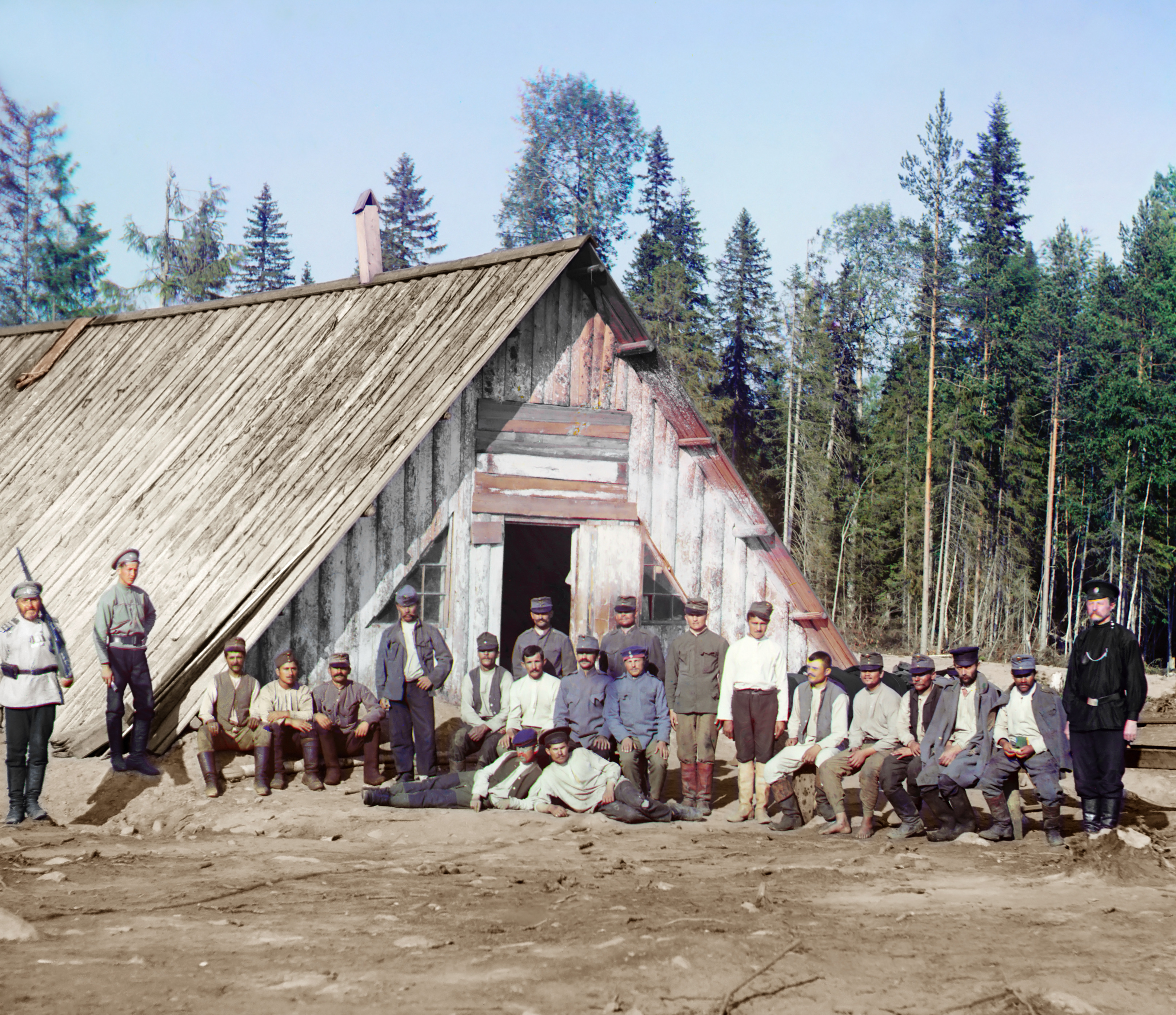by TNT (in Parts VI as nr. 34 and again in Part VIII as
nr. 36). Herewith the real and final report nr. 36.//

36. Report dated 3 June 1918 sent by the Moscow Red Crescent
delegation:
Mr. Castenskiold and Dr. Lorsey, members of the Danish Red Cross,
were sent to inspect our prisoners in the northern and southern
Caucasus by the Red Crescent. I saw them both in Petrograd on
24 May 1918. This inspection committee departed in the middle of
1918 and returned in May 1918. I was able to speak with them for
20 minutes. Here is a summary of what Dr. Castenskiold witnessed:
We toured around the Caucasus for 24 days and then went to Tbilisi.
We heard that the condition of the prisoners in Kars was quite bad so
we went to Kars right away. There are about 20,000 Ottoman
prisoners in the Caucasus and Transcaucasia. It was impossible to
see them all. The prisoners in the Caucasus have been dispersed since
they have been freed. I only encountered 3 officers. Generally
speaking, the situations of the prisoners are bad. There are very few
people looking after them. The delegation provided 100,000 rubles
for support and Dr. Lorsey distributed a lot of medicine. Dr.
Castanskiold said that Russian Red Cross official Captain Cologriof,
who accompanied the delegation, and translatory Nogay Bekof could
provide more details.
Captain Cologriof prepared the report below that relates his
observations to the Petrograd office of the Soviet Republic’s prisoners
and refugees commission:
It is necessary to separate the situations of Turkish prisoners of war in
the Caucasus based on whether they are in places where Armenians
are in the majority and where Armenians are not found. The situation
of Ottoman prisoners in places where they live with Armenians is ripe
with conditions to bring about their destruction. The health conditions
of the housing are appalling. The sick and healthy are not separated.
Food is less than insufficient. We saw that in a 24 hour period, a sort
of soup cooked in a soldier’s cauldron and 1-2 funts of bread, together
with a bit of hot water, were given to 12 individuals. In Aleksandropol
more than 2,000 prisoners are housed in barracks with absolutely no
water. The Armenian soldiers here sell a glass of water to the
prisoners for 10-20 kopeks. The Armenian soldiers kill Turkish
prisoners of war for pleasure and they add torture on top of the murder.
The bodies are desecrated.
In Kars and Aleksandropol, the Armenians, filled with nationalistic
vengence, even sell the Ottoman prisoners of war. A healthy Ottoman
sells for 12 rubles, weak ones are cheaper and the sick ones can be had
for a package of tobacco. The prisoners are naked. There is no bath
nor any medical treatment. Generally speaking, the situation of these
poor wretches is so bad that even trying to describe it would pale in
comparison to the truth. The prisoners who live in places with Russian
and Georgian populations are completely free. They live in private
houses and no one threatens their freedom. On the other hand, no
one looks after them, either. So as work declines their condition will
decline, as well. Most of them work on the railroad, in provisions
warehouses, on farms with the villagers and in hospitals. But most
of these place are closing down and a portion of the Turkish prisoners
will be thrown out on the street. The others will soon find themselves
in a similar situation and they will be unable to find food. Since the
war has ended, local governments have issued proclamations to the
effect that the prisoners can return to Turkey via the Caucasus but, in
fact, this path has not yet been opened.
//END//

Hiç yorum yok:
Yorum Gönder